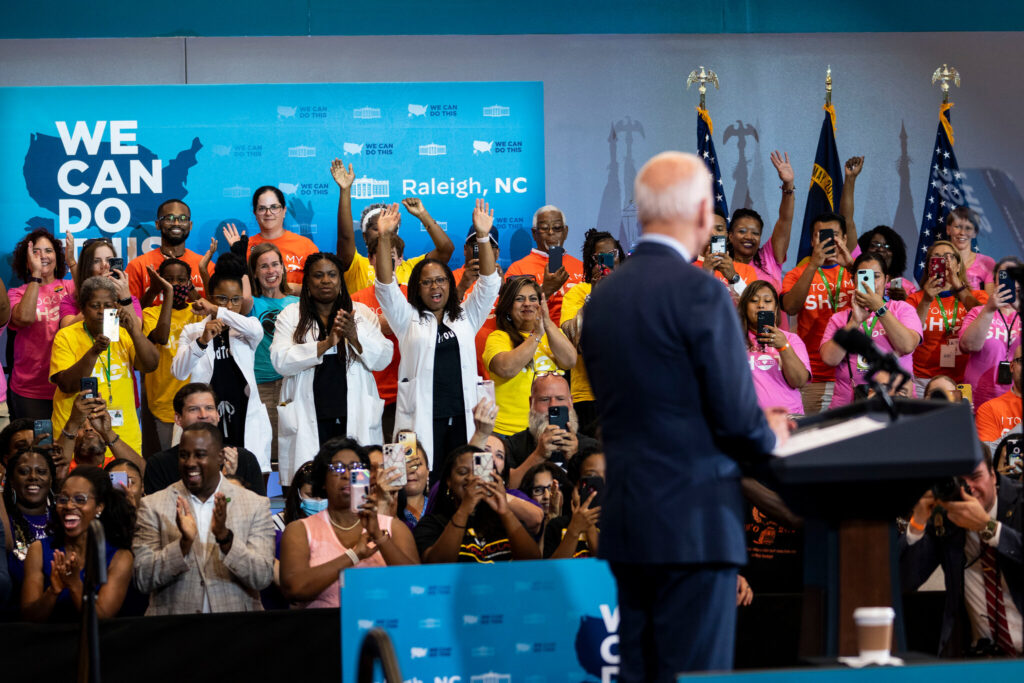Marketing in 2025 is about connection, clarity, and consistency. The industry has shifted from loud promotions to meaningful communication that values the audience’s time and attention. Consumers today are smarter and more selective, and brands are learning that honesty and purpose matter as much as creativity.
The way marketing works now reflects a blend of technology and authenticity. Whether it’s through short-form videos, podcasts, or digital ads, every message needs to feel genuine. This change in tone can be seen across industries — from fashion to lifestyle products such as raz frozen strawberry, where marketing focuses on presenting clear information rather than overpromising results.
In this blog, we’ll explore how marketing strategies have evolved in 2025, what tools are shaping campaigns, and how brands are keeping up with the expectations of a connected, informed audience.
1. The New Consumer Mindset
The modern consumer is not just a buyer; they are a researcher, reviewer, and decision-maker. People now compare products, check user feedback, and expect transparency before committing to a purchase. This has forced marketers to move away from flashy advertising and toward factual storytelling.
In 2025, consumers are looking for three things: trust, relevance, and simplicity. Marketing messages that confuse or exaggerate no longer perform well. Instead, brands that communicate their purpose clearly — what they do, why they do it, and how it benefits the customer — build long-term loyalty.
Social responsibility has also become a major part of consumer thinking. People are supporting brands that align with their values, such as environmental care or fair trade. Companies that show consistent ethics and openness attract stronger engagement.
The result is a marketing landscape where honesty is the best strategy. Businesses that deliver what they promise are gaining an edge over those that rely only on image.
2. The Role of Digital Platforms
Digital marketing remains at the heart of most campaigns in 2025. Social media, email, and search advertising continue to dominate, but the methods are becoming more personalized and data-driven.
Social media marketing is more strategic now. Instead of posting frequently, brands focus on delivering meaningful content that answers questions, educates, or inspires. Engagement is measured not by likes but by quality interactions — such as comments, shares, and genuine discussions.
Email marketing also remains effective when used responsibly. Personalized newsletters that provide value, such as product updates or helpful advice, continue to drive conversions.
Video remains one of the most powerful tools. Short clips, behind-the-scenes content, and customer testimonials are proving to be the most engaging forms of communication.
Digital marketing today also depends heavily on analytics. Brands use insights from user behavior to refine their approach — understanding what works, what doesn’t, and how to adjust messaging in real time.
3. AI and Automation in Modern Marketing
Artificial intelligence (AI) and automation are changing the way campaigns are created, distributed, and measured. In 2025, marketers rely on automated tools to handle tasks that were once time-consuming — like customer segmentation, content scheduling, and trend analysis.
AI helps predict consumer behavior, identify emerging interests, and even generate content ideas. Many companies use chatbots and automated response systems to maintain instant communication with customers.
Personalization has reached new levels. AI can now tailor content to each user based on their preferences, browsing habits, or location. For example, an online retailer might recommend specific products that match a user’s past purchases.
Automation doesn’t replace creativity; it supports it. Marketers use technology to save time on logistics so they can focus more on storytelling and strategy.
Still, human oversight remains essential. While algorithms can optimize data, it takes human understanding to interpret emotion and context — the key elements that make marketing messages relatable.
4. Influencer and Community Marketing
Influencer marketing continues to evolve in 2025 but with a sharper focus on authenticity. Audiences are more aware of sponsored content, so they gravitate toward creators who genuinely use and believe in the products they promote.
Micro and nano influencers — those with smaller but highly engaged audiences — are proving to be more effective than celebrity endorsements. Their communities tend to trust their opinions because the connection feels personal.
Brands are also investing in community-driven marketing. Instead of targeting broad audiences, they are forming smaller groups or forums where customers can share feedback, ask questions, and interact directly with representatives.
This approach builds loyalty and turns customers into advocates. When people feel part of a brand’s story, they are more likely to share it with others.
Even lifestyle and wellness companies are using this strategy. For instance, campaigns around flavors like night crawler razz appeal to specific niche groups that share common interests or preferences. These focused campaigns create a stronger sense of belonging and connection.
In 2025, success in influencer marketing is measured not by reach but by relevance. The right voice, even with fewer followers, often makes a greater impact than a broad but impersonal message.
5. Data, Privacy, and Transparency
Data is the backbone of modern marketing, but with greater access comes greater responsibility. Consumers today are more cautious about how their information is collected and used. In 2025, privacy protection has become a competitive advantage for brands that handle it well.
Businesses are now required to be transparent about data practices. Many companies provide clear explanations on what information is gathered and how it benefits the user. This honesty builds confidence and sets ethical brands apart.
Marketing strategies have shifted to “permission-based” engagement. Instead of pushing ads at random, marketers are earning attention by offering value first — through educational content, free trials, or useful tools.
The focus is also moving from quantity to quality of data. Having fewer but more accurate insights allows brands to craft targeted and respectful communication.
Consumers appreciate when personalization feels helpful, not intrusive. Companies that strike this balance are earning long-term loyalty.
6. Looking Ahead: The Future of Marketing in 2025 and Beyond
Marketing in 2025 is about clarity and connection. The future will likely continue along this path, with technology enhancing personalization while human understanding keeps messages grounded.
Marketers are learning that being clear and consistent builds stronger trust than using complex language or exaggerated claims. People want to know exactly what they are getting — and why it matters.
AI will keep refining campaigns, but empathy and creativity will remain irreplaceable. Consumers respond to honesty and purpose, qualities that machines cannot replicate.
The coming years will also see more local and value-based campaigns. Instead of trying to reach everyone, brands will focus on smaller, engaged communities that truly care about what they offer. This means deeper relationships and more meaningful results.
Sustainability, ethics, and transparency will continue to guide marketing choices. Brands that demonstrate real responsibility — through fair practices, eco-friendly packaging, or honest storytelling — will stand out in crowded markets.
At the same time, simplicity will define the tone of effective marketing. Short, direct, and truthful content will outperform complex messaging. Whether through videos, visuals, or written copy, the goal will remain the same: make people feel understood.
And just like the growing preference for straightforward, familiar products — such as raz triple berry ice flavor, which represents clarity in taste and presentation — future marketing will succeed by being real, reliable, and relatable.
In summary, marketing in 2025 is practical, data-informed, and people-focused. It thrives on understanding, not just visibility. Brands that combine technology with genuine communication are seeing the best results. The goal isn’t to speak louder but to speak clearer — connecting with audiences who value honesty, simplicity, and shared experience. As trends continue to evolve, the essence of marketing remains the same: it’s about building trust, one real conversation at a time.



